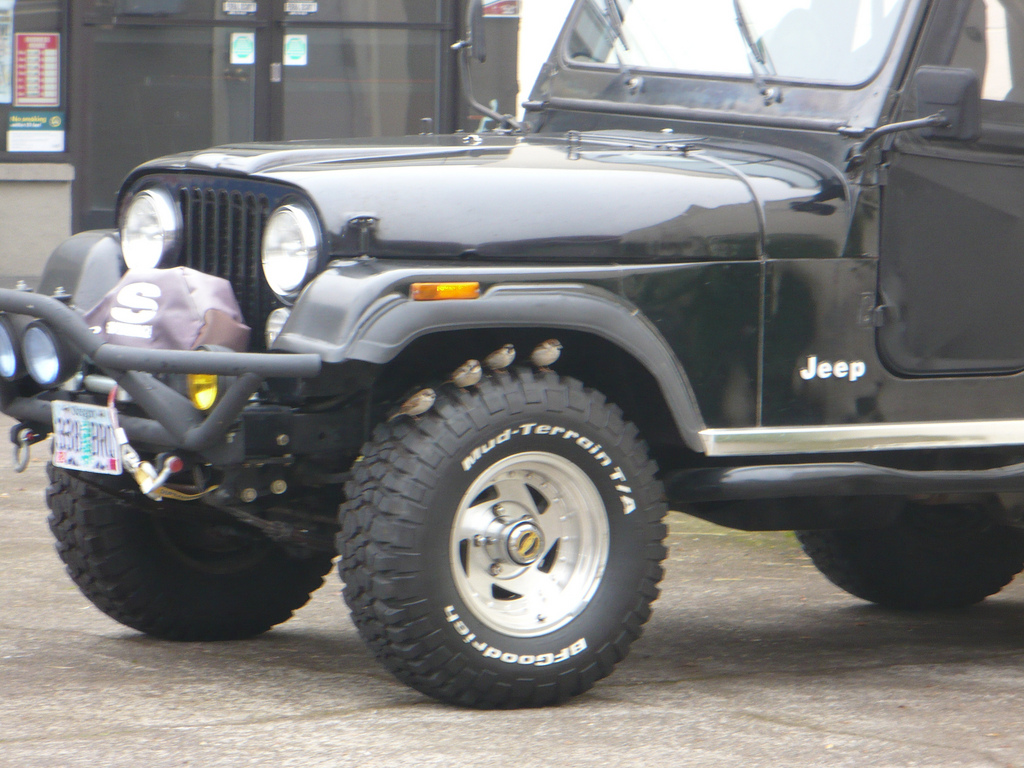Gentlemen: Previous Poster has ASKED for a REFERENCE for this fact. OK. Many fine ARTICLES exist in AUTOMOTIVE Texts -- And On the Internet -- which will support - - My Post and Jesters Post! But, just to clear it up-- Here is Thermostat 101 : The PURPOSE of the Thermostat is to MAINTAIN the Engine Operating Temp. - Within its Design Parameters. This ENGINEERED Temp. Range will GIVE the BEST Balance of: POWER (HP), ECONOMY (MPG), AND. LONGEVITY (Eng. Life BETWEEN Rebuilds). In short--- The Thermostat MAINTAINS a PROPER ENGINE TEMP! IF YOU --- CHOOSE to Run your Engine WITHOUT a Thermostat--- A NUMBER of things CAN Happen! None of them Good! Sometimes --- People will PULL the Thermostat -- when FACED with an: OVERHEATING Problem! Thinking: My Engine will RUN Cooler!! Oh boy! Well -- NOT so fast! Better IDEA: Leave Thermostat IN - - Troubleshoot the Cooling System Problem! FACT 1 : Generally Speaking an Engine with NO thermostat --Will RUN. Cooler! But -- There have been CASES where Engines with NO Thermostat HAVE Over-heated! TRUE! (Jester was CORRECT!) Sounds Nuts - - But it is TRUE. Just a case of running an ENGINE -- WITHOUT. All of its-- DESIGNED PARTS! I mentioned that -- Generally speaking -- an ENG. Without a Thermostat will RUN COOL. (Usually). What BAD things MIGHT. Happen to an Engine RUN without a Thermostat? 1. HEATER will Run COOL! Not good on cold winter day!
2. When an Engine is RUN cooler than its DESIGNED Operating Temp. -- The Internal Clearances will be way out of Whack! (Too Loose) 3. Moisture Build-up in crankcase - can lead to excessive SLUDGE in Motor. 4. Gas Mileage can suffer (MPG) 5. Engine --- LIFE shortens! In short -- Nothing GOOD!! Not a good idea. I hope this pretty Much clears the AIR ---- I. INVITE Comments????? Thoughts? - JB-

